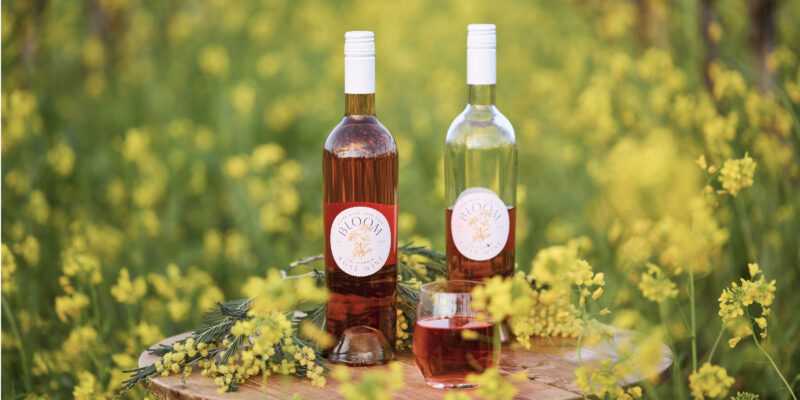Decanting and aerating can heighten your tasting experience, and make the wine even more memorable. But for those that aren’t accustomed to the practice, decanting can often seem intimidating or pointless. We’re here to guide you through the art of decanting wine, and answer common questions about the reasoning and methods behind it.


Why do You Decant Wine?
There are two main reasons for decanting wine. The first is to separate the clarified wine from the sediment, or solids, that have formed during the aging process. The second is adding the effect of oxygen, which releases certain compounds within each bottle. The result is a new perception of flavor, aroma, and texture of your wine. Wines that exhibit very little fruit, are very young or overly tannic, or have aromas that are hard to identify can benefit from decanting.
What Wines Need to be Decanted?
Most white wines do not require decanting. Since white wine seldom has solids or sediment in the bottle, and since it is meant to be consumed sooner than red wine, it rarely require breathing or aeration. The only white wines that you should consider decanting are older whites, or full-bodied whites from cooler climates like Bourgogne that can benefit from 30 minutes in a decanter. If a white has a distinctly funky, mushroomy smell, decanting can help eliminate it.


Many red wines can benefit from decanting. However if you open a new bottle of red, pour it directly into your glass and the taste seems promising, you may not need to decant it. Experiment with decanting by tasting the wine immediately after opening, against the wine after 30 minutes to 3 hours of decanting. You’ll likely notice a significant difference in the quality of taste, tannins, and texture after allowing it to breathe.
How Long Should You Decant Wine?
According to Wine Folly, here are the typical times that you should stick to when decanting red wines in the 2-10 year mark. Keep in mind that every wine is different, and you can taste as you go and modify the time accordingly.
- Zinfandel: 30 minutes
- Pinot Noir: 30 minutes (e.g. red Bourgogne)
- Malbec: 1 hour
- Grenache/Garnacha Blend: 1 hour (e.g. Côtes du Rhône, Priorat, GSM)
- Cabernet Sauvignon or Merlot: 2 hours (e.g. Bordeaux)
- Petite Sirah: 2 hours
- Tempranillo: 2 hours (e.g. Rioja, Ribera del Deuro)
- Sangiovese: 2 hours (e.g. Brunello di Montalcino, Chianti)
- Vintage Port & Madeira: 2 hours
- Mourvèdre/Monastrell: 2–3 hours (e.g. Bandol)
- Dão and Douro Reds: 2–3 hours
- Syrah/Shiraz: 2–3 hours
- Nebbiolo: 3+ hours (e.g. Barolo, Barbaresco)
For more tips, wine pairings, and recipes, follow us on Facebook, Twitter and Instagram to stay up to date on our latest blogs!
Cheers,
The ONEHOPE Wine Team




No comment yet, add your voice below!